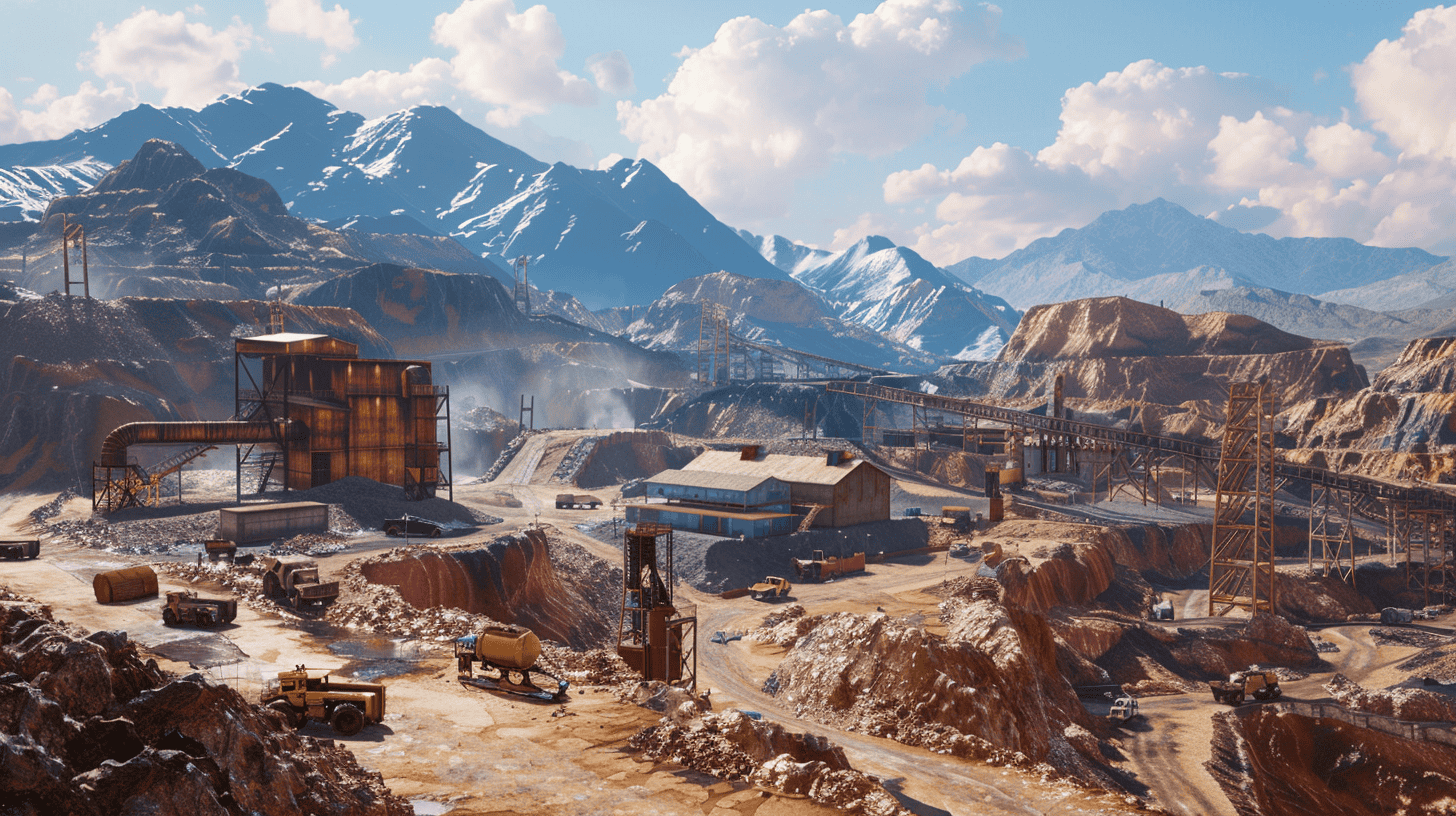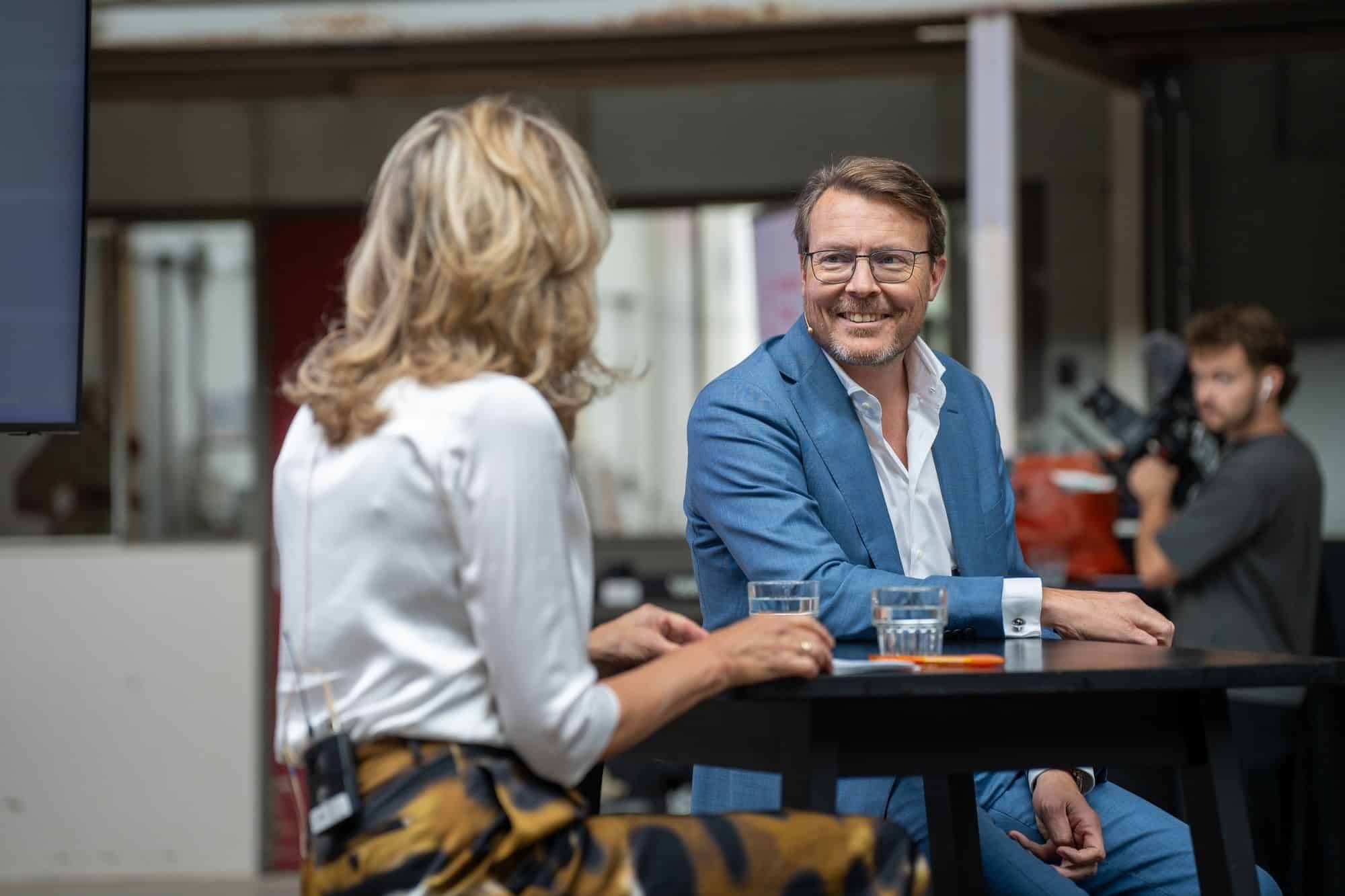
 Green Minerals has won the Jan Terlouw Ambition Award. The award is an initiative of the kiEMT Foundation and supports innovations in sustainability. As the winner of the ambition award, Green Minerals will receive 5,000 Euros in prize money, five days of consulting and support assistance from kiEMT, and free business space for the start-up. Green Minerals is operating from CHILL Labs at the Brightlands Campus in Geleen.
Green Minerals has won the Jan Terlouw Ambition Award. The award is an initiative of the kiEMT Foundation and supports innovations in sustainability. As the winner of the ambition award, Green Minerals will receive 5,000 Euros in prize money, five days of consulting and support assistance from kiEMT, and free business space for the start-up. Green Minerals is operating from CHILL Labs at the Brightlands Campus in Geleen.
Carbon dioxide, or CO2, is responsible to a large extent for global warming. With the incredibly hot summer months still fresh in our minds, reducing CO2 emissions is more urgent than ever. With his Green Minerals concept, Pol Knops offers an additional solution: incorporating carbon dioxide in construction materials, paper and plastic. “We take a problem and turn it into a raw material.”
It almost seems too good to be true; collecting excess CO2 and binding it to a frequently occurring mineral called olivine. The fine powder that results from this process can be added as a filler to polymers, paper or concrete. Even though the proof that this is possible has already been delivered on a laboratory scale, industry and government parties haven’t shown much interest up to now.
“I know,” sighs Pol Knops, physicist and founder of Green Minerals. “Almost all of the focus is on reducing CO2 emissions. This may be done by making the transition from fossil fuels to wind and solar energy which do not emit carbon dioxide, or by collecting CO2 and storing it under the earth’s surface. These are all great developments, but the gas can also be put to very good use as a raw material which secures CO2 permanently. This is an ideal solution; not only does this prevent emissions, but it also converts a waste product into a valuable construction material. Unfortunately, there are very few companies or researchers aware of this possibility, and this fairly technical situation requires a lot of explanation. Working with designer Klaske Postma of Regeneration Design has helped me better communicate this complex story.”

“As a physicist, I need someone who can translate an innovation into a story and images, website and so forth that everyone can understand. Otherwise, it gets ‘stuck’ at the university and is never picked up by the market.”
“The industry can’t just make the switch instantly.”
That’s putting it mildly. As far as Pol Knops knows, there is only one other company in the world apart from Green Minerals that is working on concrete solutions involving the mineralization of CO2 using olivine to create a raw material, and it’s located in Australia. This won’t stop the born-and-bred Limburger however. “On the contrary, in fact,” he says at the CHILL labs at the Brightlands campus in Geleen where he regularly works with materials experts and students to test various combinations. “The social pressure is steadily growing. We are slowly starting to realize that global warming really is having a huge impact. This past summer, temperatures reached 30 degrees Celsius in Lapland. Forest fires plagued the polar circle and icebergs are melting rapidly. And the Netherlands experiencing weather usually only seen in Spain. Things are moving fast and we know that carbon dioxide is one of the biggest causes of this. CO2 traps heat and drives the temperature in the atmosphere higher, with all of the expected consequences. Of course, we have to stop being dependent on fossil fuels, and industry has to lower emissions. However, this can’t be accomplished overnight. The industry can’t just make the switch instantly. Collecting and reusing CO2 is an additional alternative and will yield just as many gains. We have to try different courses of action to stop global warming.”
What it actually comes down to is translating academic research into a business
Pol Knops studied physics at TU Twente, then went to work in the processing industry for a number of years. He started his own company, Green Minerals, a few years ago after discovering that the mineral olivine binds fairly easily with carbon dioxide. “This is a natural process that is sped up when it is subjected to high pressure and a certain temperature; it’s the ultimate solution for converting CO2 to a construction material. We conducted various lab tests with the university in Louvain and the results were really promising. I then contacted the Brightlands Innovation Factory to work out concrete business cases.”
What it actually comes down to is translating academic research into a business, something he works on with designer Klaske Postma. It’s not easy. Traditional industry players are not really looking for what Pol Knops has to offer, and parties granting subsidies and government agencies are setting their sights more on the better-known energy transition methods and CO2 storage.
“Concrete applications are definitely out there, of that I’m certain. However, moving from pilot production in a testing environment to a full-fledged plant is a huge challenge.”
The entrepreneur has had better luck in Germany, where he managed to convince Heidelberg Cement of the potential of CO2 and olivine as a possible filler. The RWTH in Aachen also got involved and with a budget of 2.8 million Euros, a three-year research project was started. A study is now also underway with the University of Darmstadt to investigate the possibilities to replace the lime in paper, approximately half of the raw material, with the carbon dioxide mix. Green Minerals’ third project is to incorporate the mix into plastic. The Brightlands campus in Geleen is a regular partner for these projects. “They have everything I need here; materials know-how, pilot plants and of course plenty of CO2.”
Studies that take time but ultimately should open doors to concrete applications. “They’re definitely out there, of that I’m certain. However, moving from pilot production in a testing environment to a full-fledged plant is a huge challenge. We have built a small reactor with RWTH and Heidelberg’s help that will enable us to produce one kilo of powder. This will help us to convince Heidelberg of the viability and later other companies as well. You have to have something to show to them.”
“We will have the opportunity to slow down global warming”
Banks and investors demand guarantees, and businesses also want governments to participate in some way. “Carbon dioxide as a construction material is not a concept that is really etched in the memory of the various parties. Hopefully, this will change, since it means we will have the opportunity to slow down global warming in addition to finding a commercial application. The industrial activities here at Chemelot emit 5.7 million tons of CO2 each year. We could collect and process part of these emissions, converting them into useful products. This may only be a fraction, on a global scale, but we have to start somewhere.”








